Report this entry
More from the same community-collection
Maj. U.S. Grant III on the Border at El Paso
Maj. Grant served on the Border during the time of the Punitive ...
Mrs. W.R. Brown, about the time of her wedding.
Mrs. W.R. Brown's wedding took place at the Magoffin Home. Kate ...
Rosa Washington, ex-slave, El Paso - 1937
Rosa Washington of El Paso, Texas who was an ex-slave. Date of ...
Calle de Comercio, Ciudad Juarez
The postcard shows the main business street in Juarez, Calle de ...
African American Woman Cooking Breakfast
Young Negro wife cooking breakfast, outskirts of El Paso, Texas. ...
Mexicans Entering The United States - 1938
United States immigration station, El Paso, Texas - June 1938
A goose swims in the lake at Ascarate Park
Ascarate Park is the largest public-use recreational park in El ...
The Plumed Serpent - Artist Cesar Inostroza
Cesar Inostroza is the muralist who created this mural in ...

















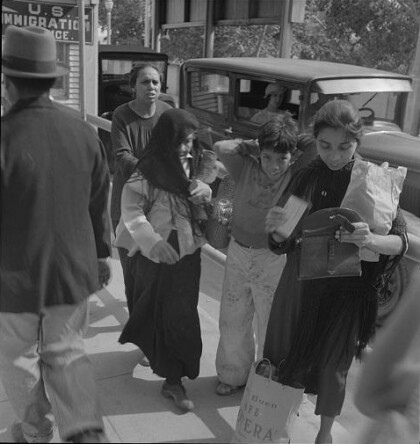
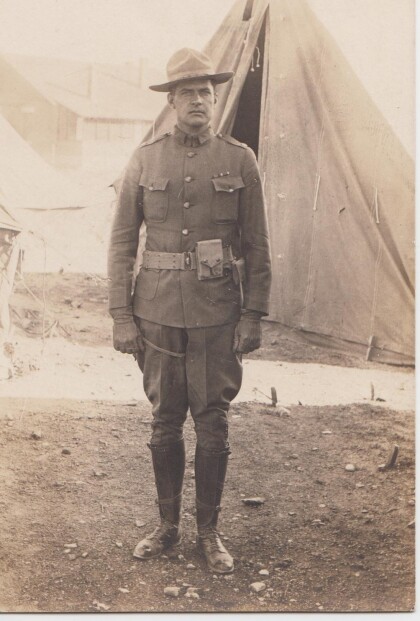
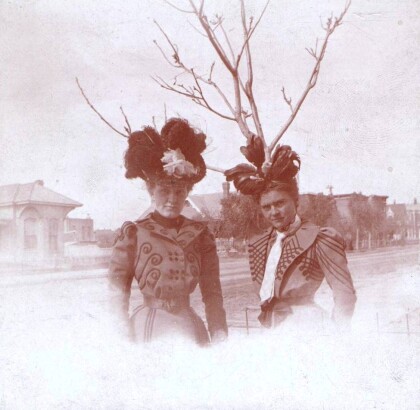
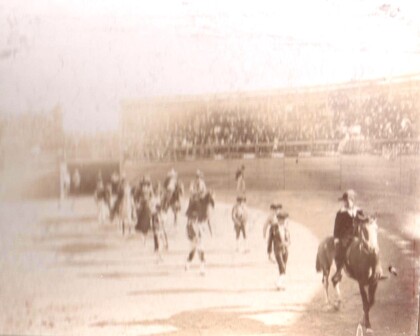
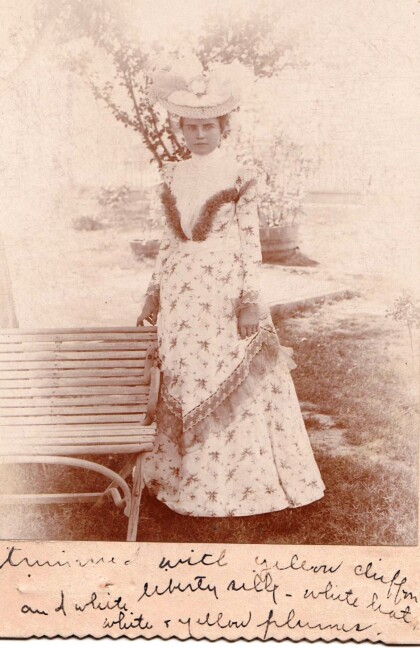
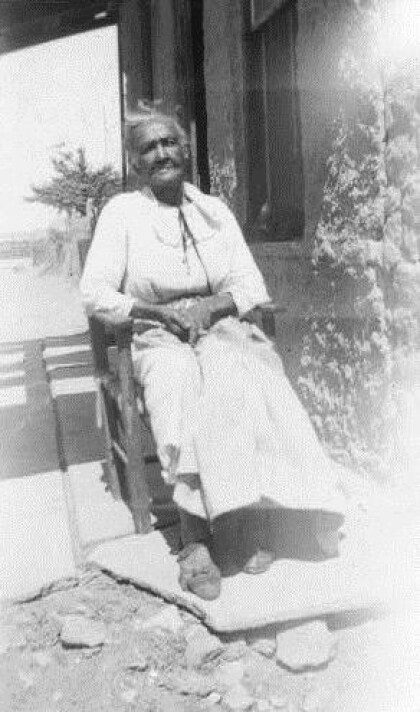
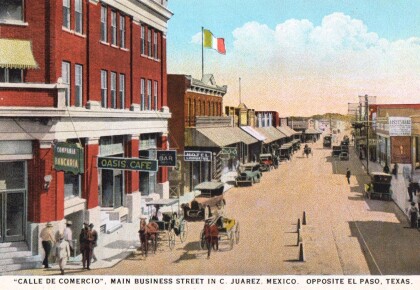
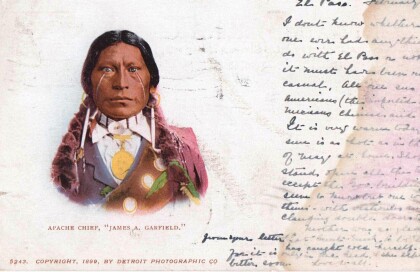
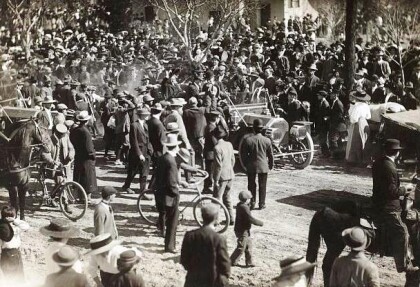
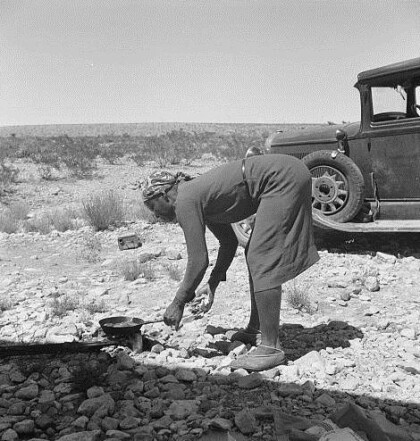
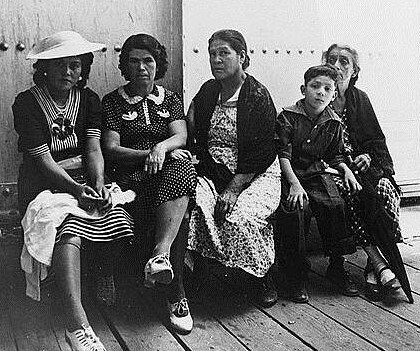
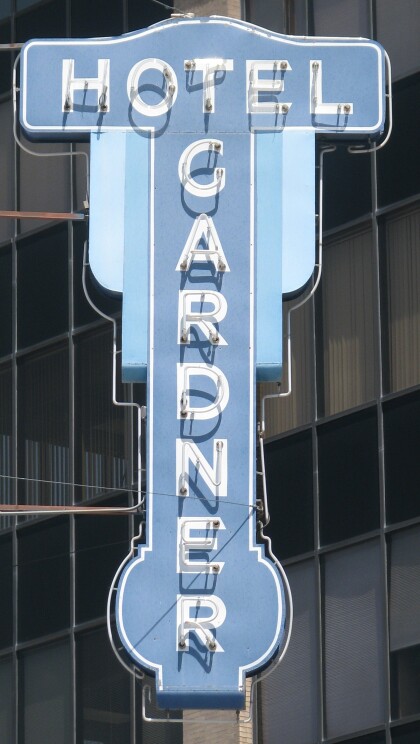
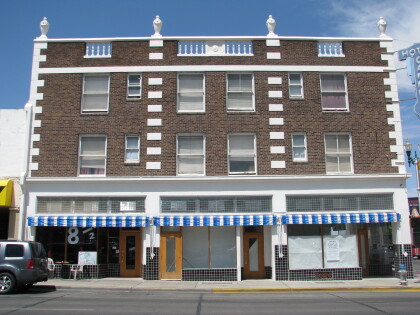
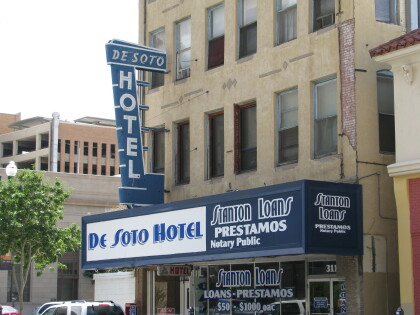
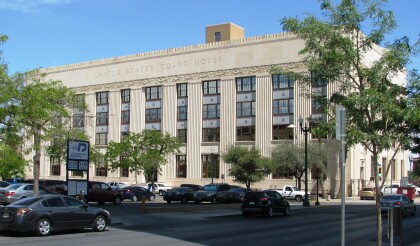
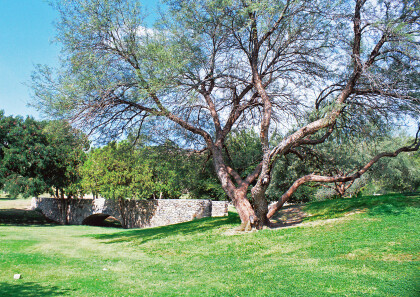
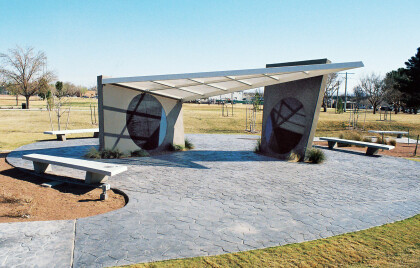
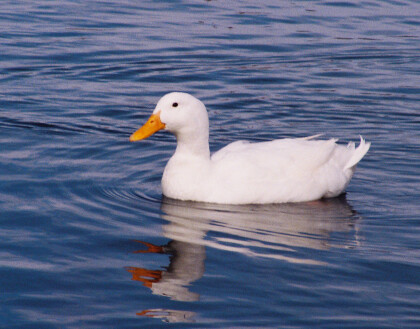
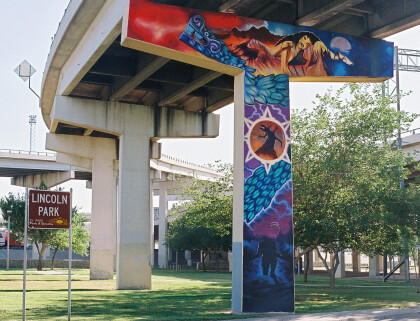
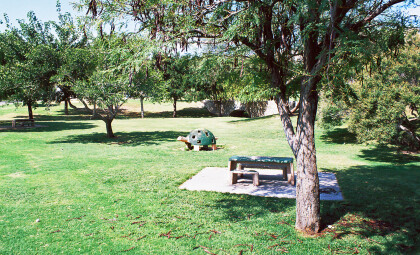
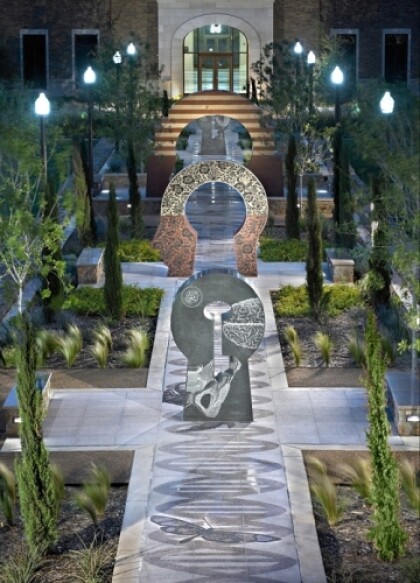
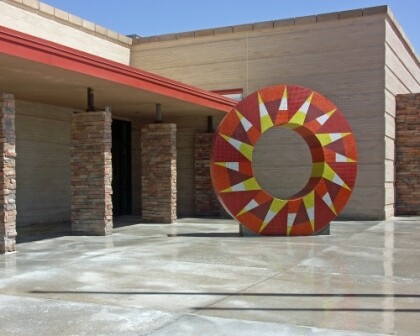
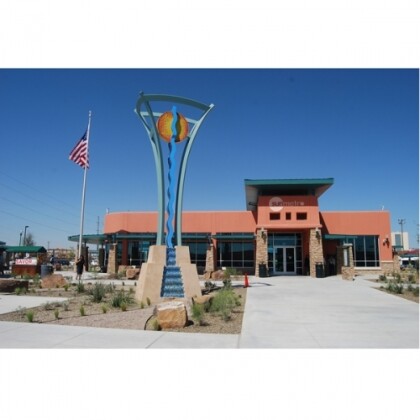
Comments
Add a comment